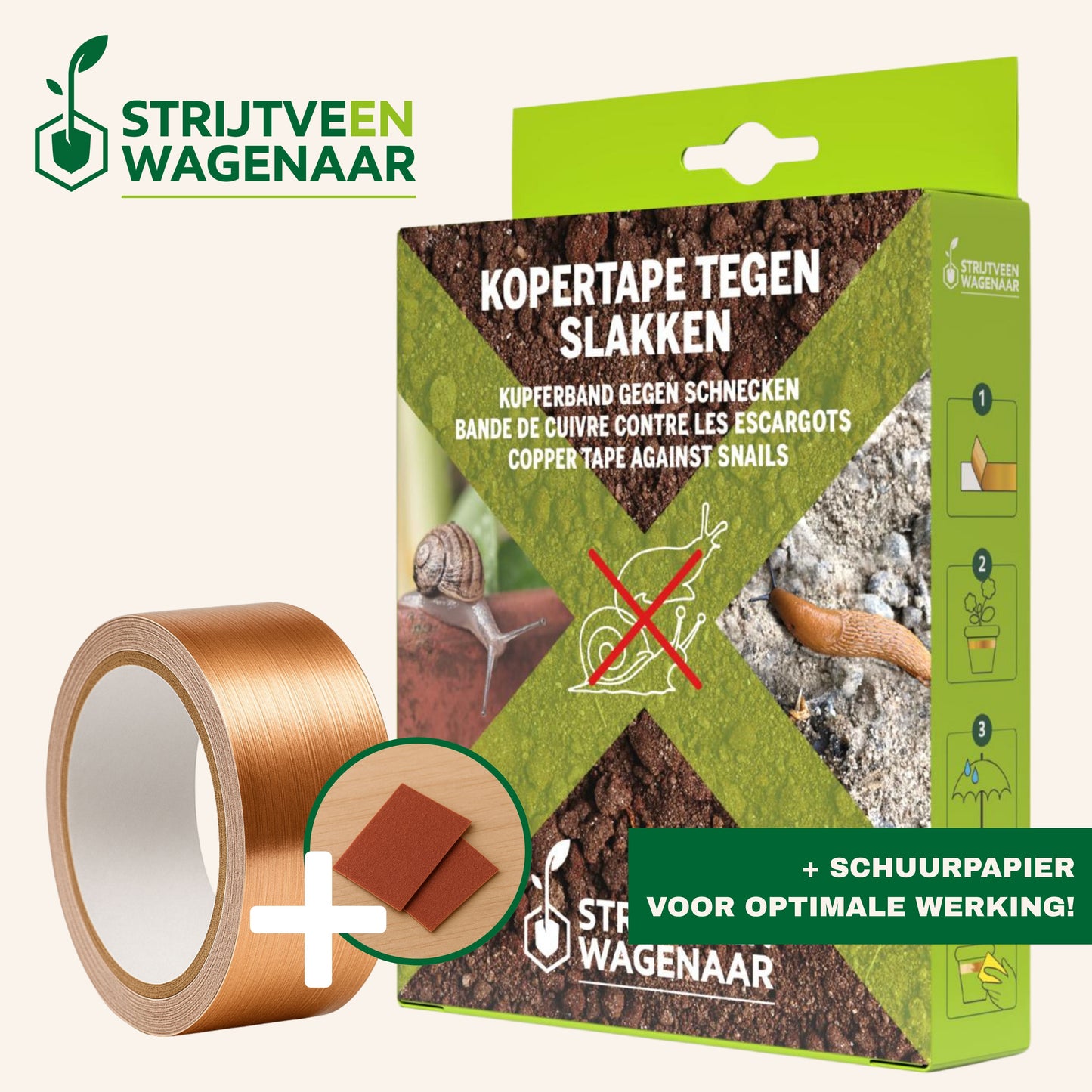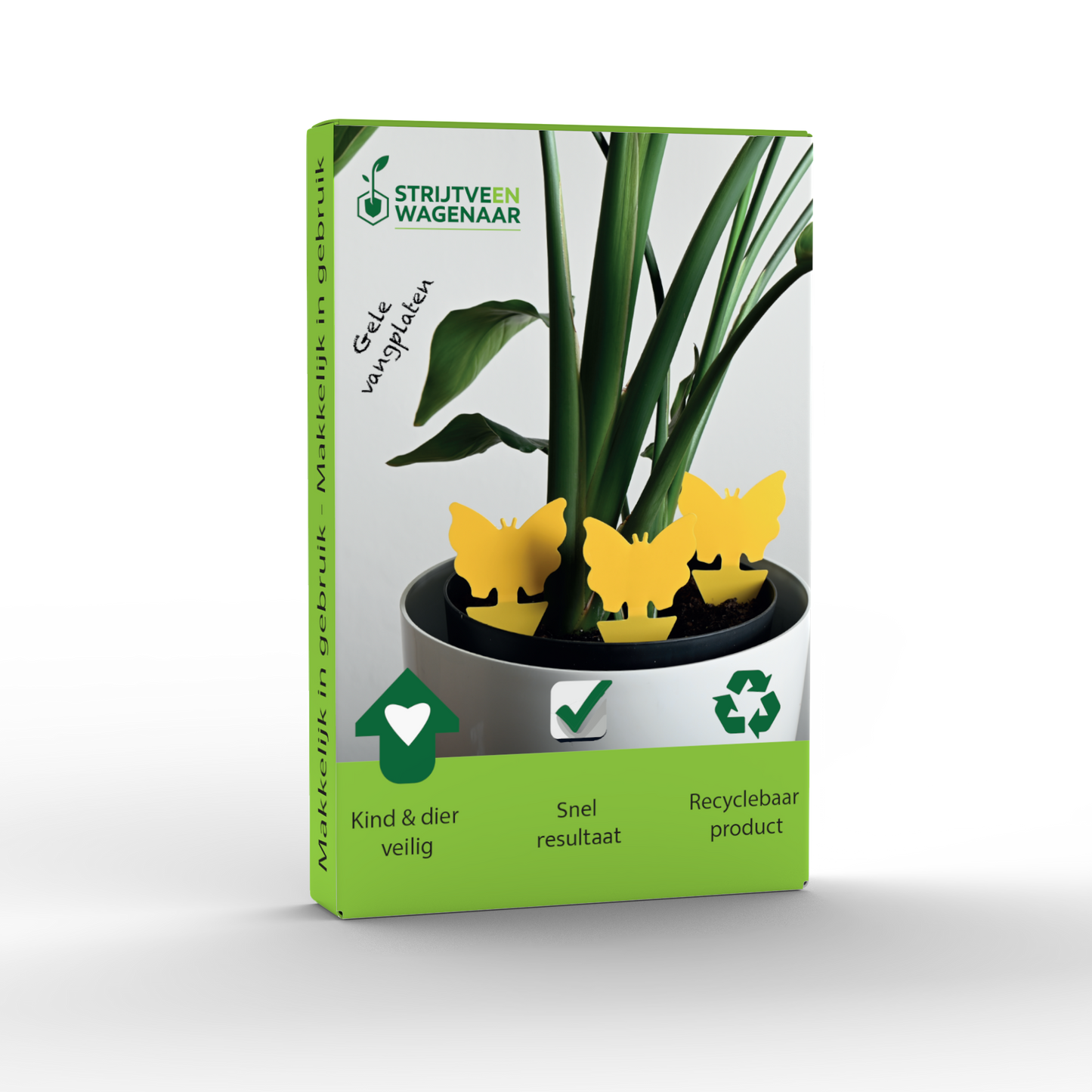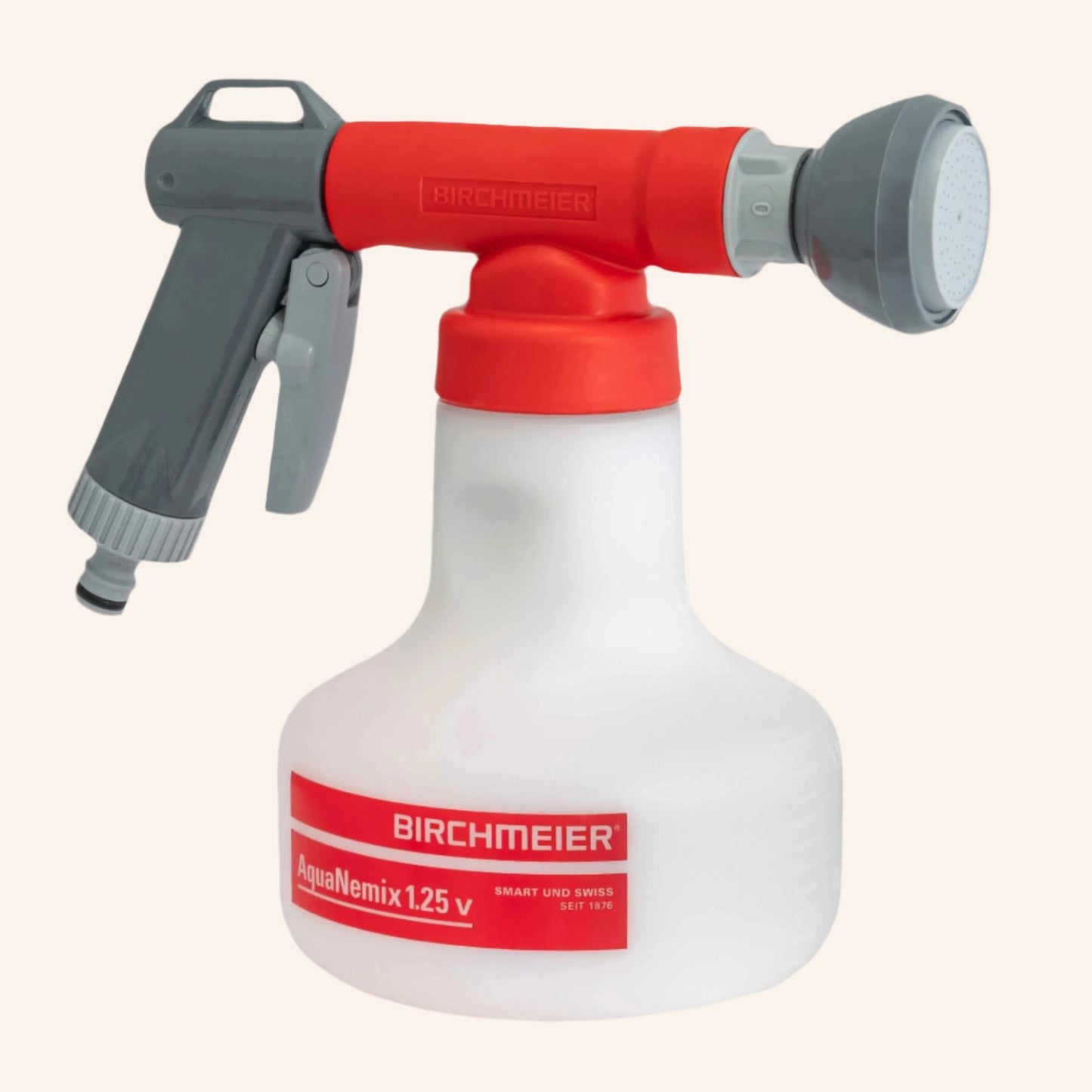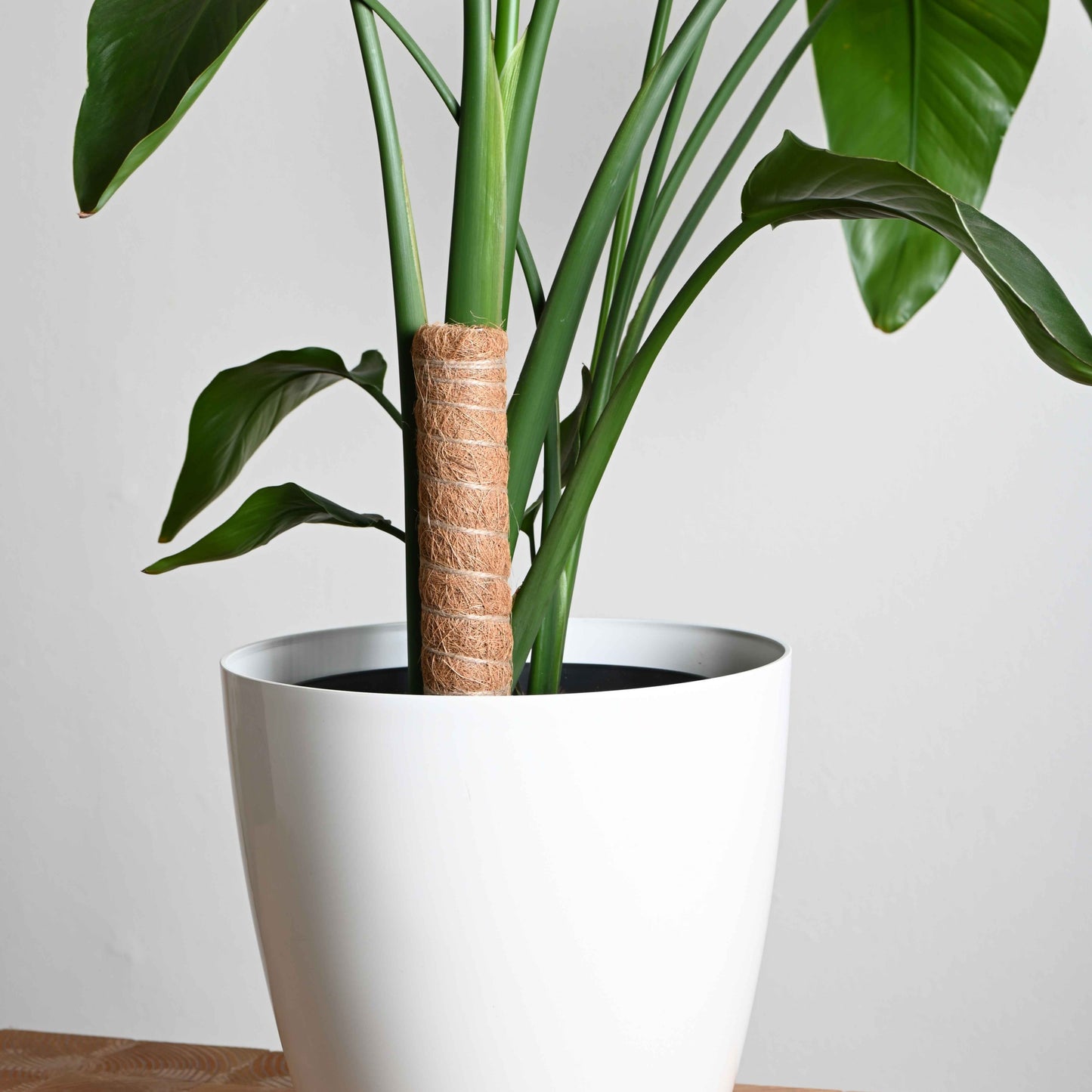
Spring is in full swing and that means it's time to get your garden or lawn ready for summer. Before you start sowing and fertilizing, it's important to make sure you don't get grubs and leatherjackets. These insect larvae can cause considerable damage to your plants and grass. Fortunately, there is a natural solution to this problem: our nematodes. Here you can read why you should release nematodes now to combat grubs and leatherjackets.
Discover the best methods of Nematodes Against Pests to effectively control fungus gnats and ensure a pest-free environment.
Nematodes vs. grubs and leatherjackets: why spring is perfect
Nematodes are microscopic worms that feed on the larvae of grubs and leatherjackets. These insect larvae are particularly active in spring and early summer. The eggs hatch, and the young grubs and leatherjackets go in search of food. By releasing nematodes during this period, you can naturally control the population of grubs and leatherjackets so that your lawn remains beautiful.
In addition, the soil temperature in spring and early summer is perfect for using nematodes. The nematodes are very active at soil temperatures between 10 and 20 degrees, which means they multiply quickly. This ensures that the nematodes are present in large numbers and can spread over a large area.
In short..
- Grubs and leatherjackets hatch from their eggs in April and begin feeding on plant roots.
- The soil temperature is now optimal for nematode activity and reproduction.
- Controlling grubs before summer reduces the chance of an infestation during the high season.
- Before the high season, grubs are still small and vulnerable, making them easier to control.
What are grubs and leatherjackets?
Meet the little destroyers of your garden: grubs and leatherjackets. These cute larvae of beetles and flies have a destructive effect on the roots of our beautiful plants and grass. Grubs and leatherjackets are often confused, although they have many differences.
Leatherjackets are the larvae of the crane fly. They are worm-like insects that feed on the roots of grass and other plants. The larvae usually have a dark gray or black body and can grow up to 6 centimeters long. In comparison to grubs, leatherjackets have no legs. Leatherjackets are best controlled with nematodes against leatherjackets.
Grubs have a C-shaped body with a white, gray or yellow-white color. Grubs grow to about 2.5 centimeters in size. The skin structure of grubs is often compared to that of a caterpillar. Grubs can be controlled with our nematodes against grubs.
Why rain is not a bad thing when releasing nematodes
Many people think that turning off nematodes only possible in dry weather. However, this is not the case. In fact, rain can be good for spreading nematodes. Rain ensures that the nematodes penetrate deeper into the ground and that they come into better contact with the larvae of grubs and leatherjackets. So keep the garden moist when you release our nematodes so that they can do their job properly!
No green fingers? No problem! This is how you release nematodes…
The release of nematodes against grubs and leatherjackets is done in three steps. Release works best on a moist lawn and preferably in the morning or evening to avoid UV light. Mix the nematodes in buckets and use a watering can to spread them. And don't forget: repeat after 2-3 weeks for the best results! Read the full instructions for releasing nematodes.










